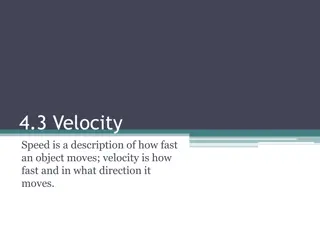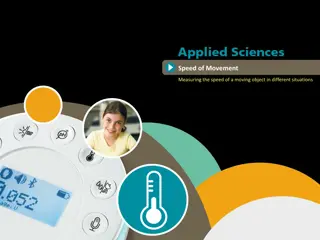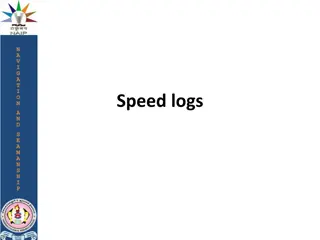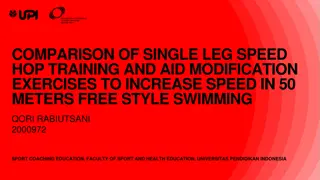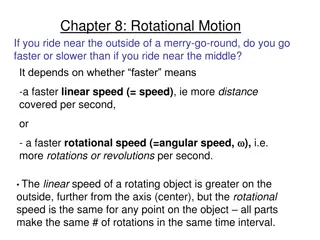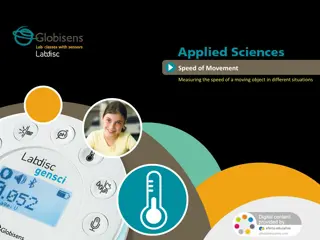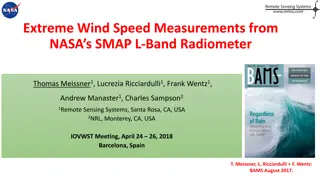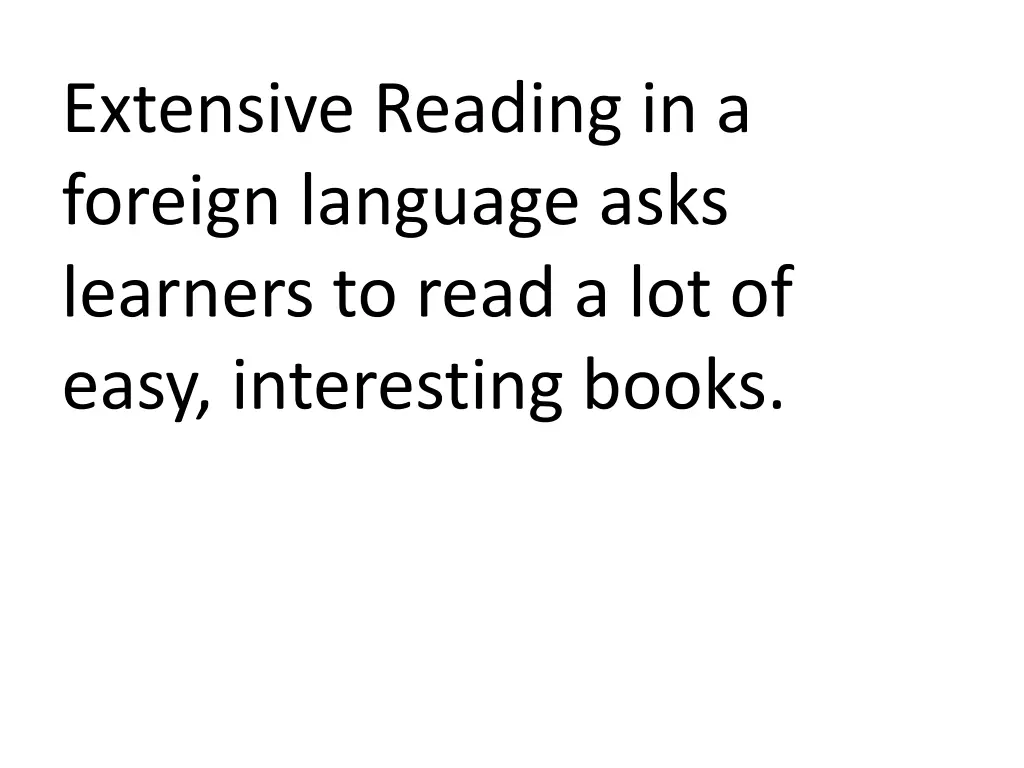
Maximize Language Learning Through Extensive Reading
Engaging in extensive reading in a foreign language involves consuming a plethora of easy and interesting books. The emphasis is on reading materials that are quick to grasp, allowing learners to improve their language proficiency through frequent exposure to varied content. This method focuses on the need for speed in reading, facilitating better comprehension and retention. By reading regularly, learners can enhance their vocabulary, grammar, and overall language skills effectively.
Download Presentation

Please find below an Image/Link to download the presentation.
The content on the website is provided AS IS for your information and personal use only. It may not be sold, licensed, or shared on other websites without obtaining consent from the author. If you encounter any issues during the download, it is possible that the publisher has removed the file from their server.
You are allowed to download the files provided on this website for personal or commercial use, subject to the condition that they are used lawfully. All files are the property of their respective owners.
The content on the website is provided AS IS for your information and personal use only. It may not be sold, licensed, or shared on other websites without obtaining consent from the author.
E N D
Presentation Transcript
Extensive Reading in a foreign language asks learners to read a lot of easy, interesting books.
Easy books so they can read quickly. Why?
The need for speed
Kun basahon mo hin mahinay in usa nga barasahon, usa ka pulong kada basa, pareho hit ginbubuhat mo yana, masayunay maintindihan an karagsidngon han kada pulong, pero makuri hin duro maintindihan an ungod nga karagsidngon han nakasurat.
When you read a passage slowly, one word at a time, as you are doing now, it is easy to understand the meaning of each word, but it is very difficult to understand the real meaning of the text.

